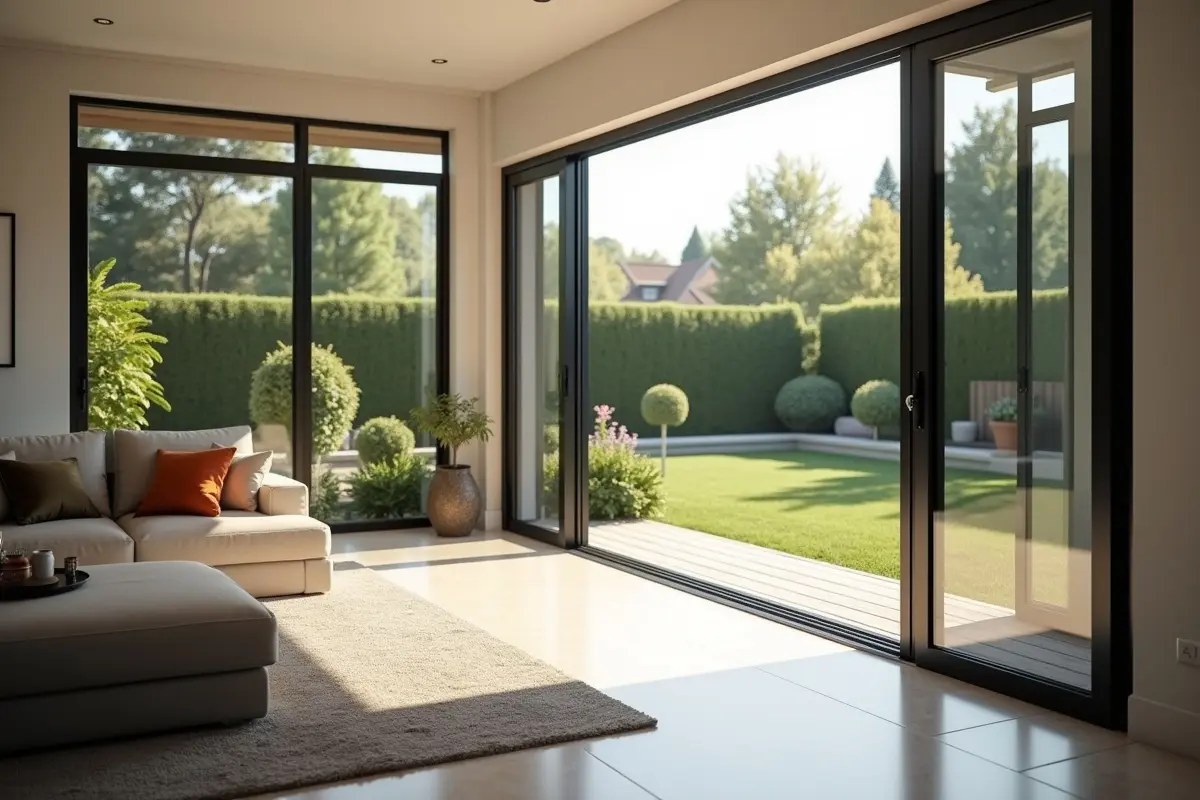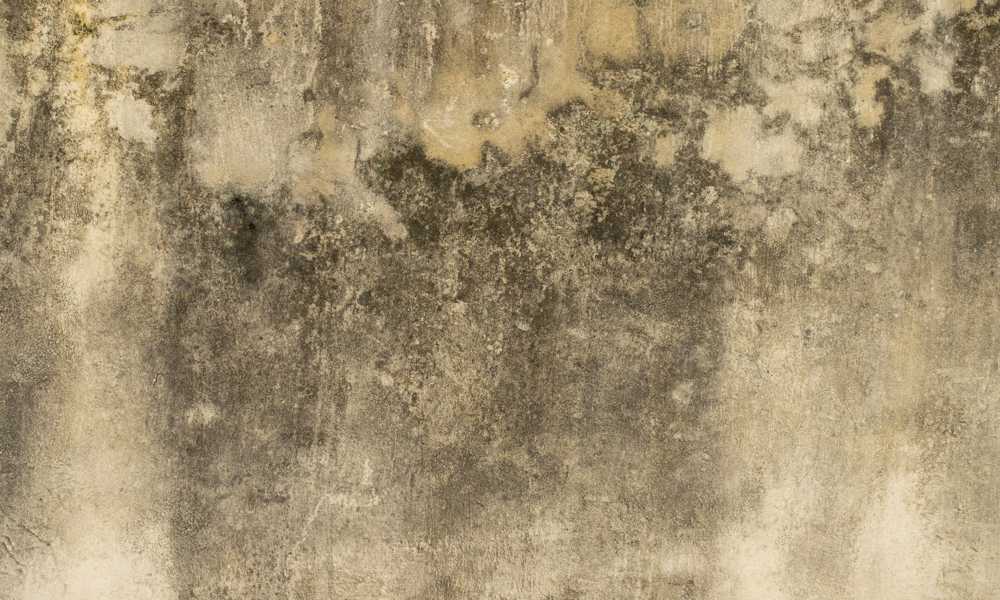Enhancing energy efficiency and comfort in your home is closely linked to the type of windows you choose. With options like double-pane and triple-pane windows widely available today, it’s essential to compare their benefits and drawbacks before making a decision.
Homeowners often wonder about the differences and which option will provide the best long-term value. To help you understand the nuances, this guide offers a comprehensive breakdown of double pane vs triple pane windows, focusing on crucial decision factors such as energy savings, comfort, and cost.
Both window styles serve the same fundamental purpose—buffering your living spaces against outside temperatures and noise. However, the details beneath the surface can significantly impact utility costs, indoor comfort, and even property value. Carefully evaluating each option based on where you live and your personal priorities can lead to more informed, satisfying home improvement decisions.
Individuals living in urban areas or locations with extreme climate patterns will particularly benefit from understanding how each type of window works. In this article, you’ll find a clear analysis of the construction, performance, and practical implications of both double-pane and triple-pane designs.
For anyone navigating the complex world of window selection, knowing how these two options stack up is the first step in creating an efficient, quieter, and more enjoyable home environment.
Understanding Double-Pane Windows
Double-pane windows, also known as insulated glass units (IGUs), consist of two glass layers separated by a space filled with insulating gas, typically argon or krypton. This design helps create a thermal barrier, preventing heat from escaping in winter and blocking hot air from entering in summer. The result is a noticeable improvement in energy retention over traditional single-pane alternatives.
For a detailed guide on how double-glazed windows work and their benefits, you can visit The Spruce. For most climates, double-pane windows provide a reliable balance of improved comfort, energy efficiency, and affordability. They are particularly suitable for regions with moderate temperature fluctuations and average noise pollution.
Exploring Triple-Pane Windows
Triple-pane windows enhance insulation by adding a third glass panel and an additional gas-filled space. This extra layer not only blocks more heat transfer and outside noise but also further stabilizes indoor temperatures regardless of seasonal extremes. While they tend to be heavier and more expensive, the payoff is a substantial reduction in heating and cooling costs in demanding climates.
Homeowners seeking top-tier efficiency or living in high-noise environments may find the investment in triple-pane windows worthwhile. More details on performance can be found through reputable resources such as the Department of Energy. Upgrading to triple-pane windows can also increase a home’s overall value by improving its energy efficiency rating. Additionally, their enhanced soundproofing makes them an excellent choice for properties located in busy urban areas or near highways.
Energy Efficiency Comparison
When evaluating windows for energy performance, their U-factor and solar heat gain coefficient (SHGC) provide the most insight. Triple-pane windows typically boast a 20% improvement in energy efficiency over double-pane units. This means less heat loss during winter and reduced cooling loads in summer, resulting in lower monthly utility bills.
For most homeowners, the potential annual savings can offset the initial installation costs over time, especially in extreme climates. However, for mild or temperate regions, the jump to triple-pane windows may not yield a similar return on investment.
Additionally, government programs provide guidelines and ratings to compare energy efficiency across brands and models, helping you select the best windows for your home.
Noise Reduction Capabilities
Noise pollution is a crucial consideration if you reside near busy streets, airports, or in densely populated neighborhoods. Triple-pane windows excel in this regard due to their greater air gaps and layered glass, achieving a Sound Transmission Class (STC) rating of 28-34. This effectively minimizes the intrusion of external sounds, creating a quieter indoor environment.
Double-pane windows, while effective for moderate noise control, typically have lower STC ratings, making them less ideal for environments where silence is a premium.
Cost Considerations
The investment required for triple-pane windows is considerably higher than that for double-pane units. Manufacturing additional glass layers and sealing gases into multiple chambers both increase materials and production costs. On average, the price of triple-pane windows can be 10%–20% higher than that of double-pane windows.
Labor and installation costs may also rise due to increased window weight, which may require additional reinforcement of existing window frames. Homeowners should balance short- and long-term benefits when budgeting for window replacement, weighing energy and comfort gains against upfront costs.
Climate and Location Factors
The effectiveness of each window type is closely tied to local climate conditions. Triple-pane windows offer the best performance in places with severe winters, scorching summers, or high humidity where heating and cooling needs are substantial. Their increased insulation keeps indoor temperatures consistent and lowers utility bills year-round.
Conversely, double-pane windows are generally sufficient for areas with moderate temperatures and seasonal swings that are neither severe nor prolonged. Assessing your local weather trends and your household’s specific needs will clarify which window style provides optimal results.
Durability and Maintenance
Both double- and triple-pane windows are engineered to resist condensation thanks to their sealed designs. Nonetheless, having more glass and more seals in triple-pane windows slightly increases the risk of seal failure over time. Seal failure leads to foggy windows and diminished performance.
Regular maintenance, such as cleaning the exterior and monitoring for condensation inside the panes, preserves longevity for both types. Since the manufacturing quality can greatly affect durability, selecting reputable window brands and working with certified installers are critical steps.
Making the Right Choice
Ultimately, choosing between double-pane and triple-pane windows hinges on specific home priorities: local climate, need for noise reduction, initial budget, and plans for long-term ownership. Triple-pane windows are highly recommended for regions facing extreme weather or for properties requiring superior soundproofing. For moderate climates and standard residential needs, double-pane windows often deliver an optimal blend of performance and cost effectiveness.
Consult with local window professionals who understand your region’s climate requirements, and request personalized quotes and product recommendations to streamline your decision-making. A careful, informed approach to window replacement enhances both comfort and efficiency—transforming your home for many years to come.




